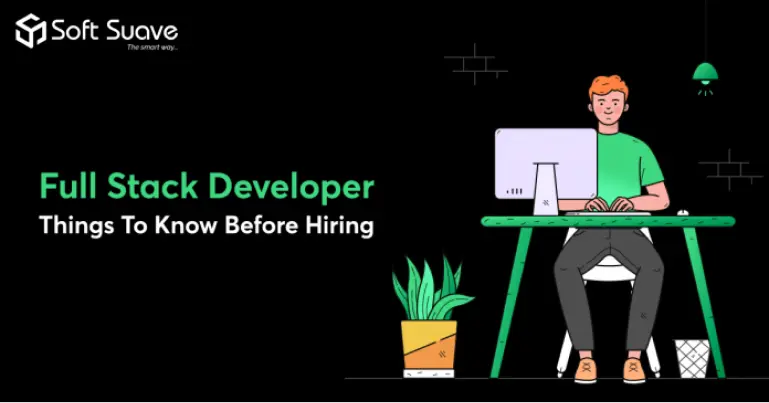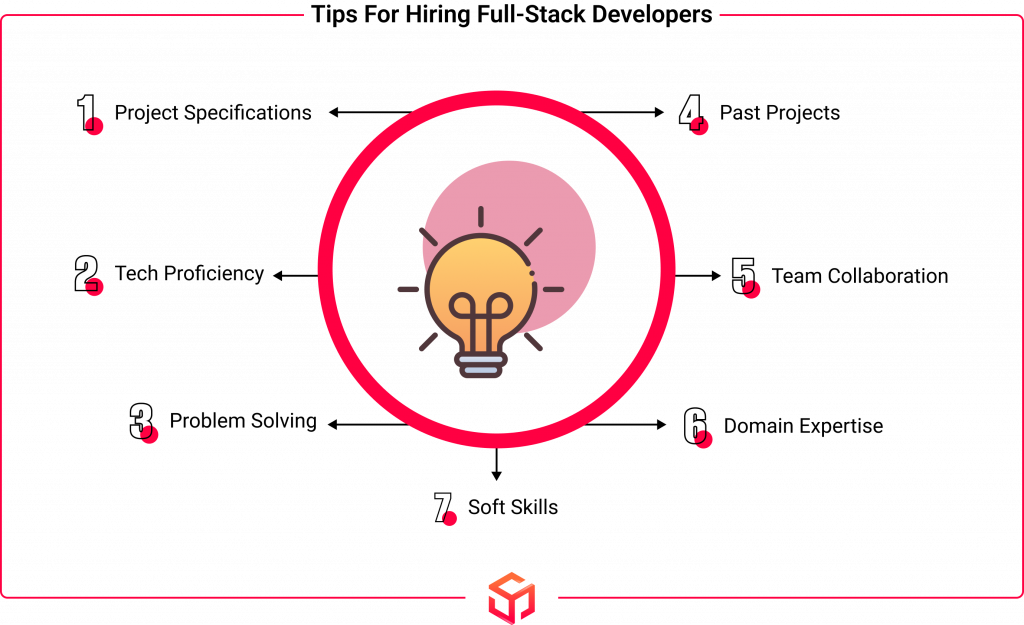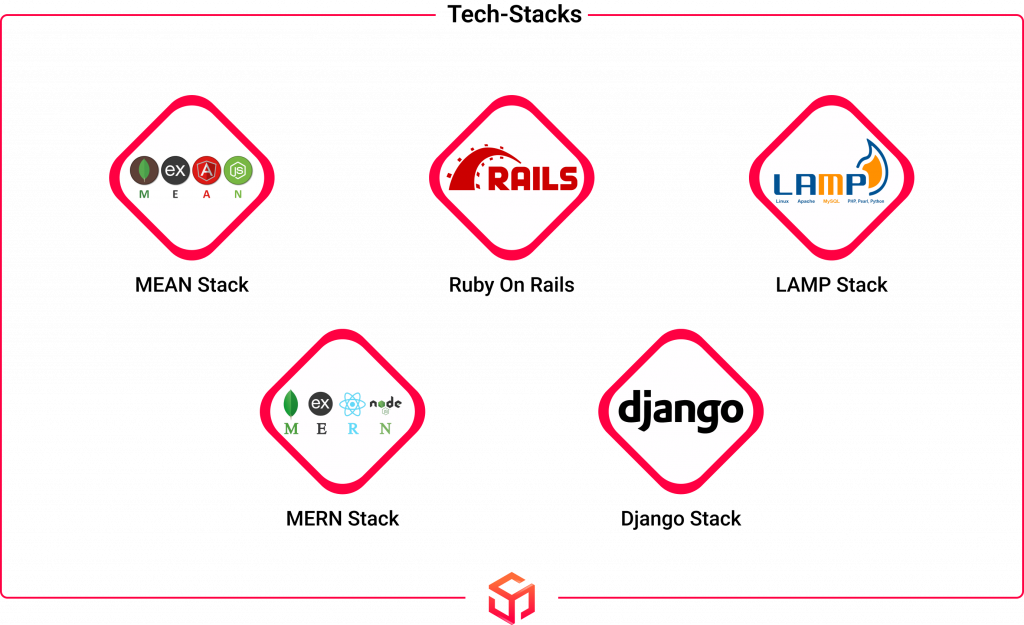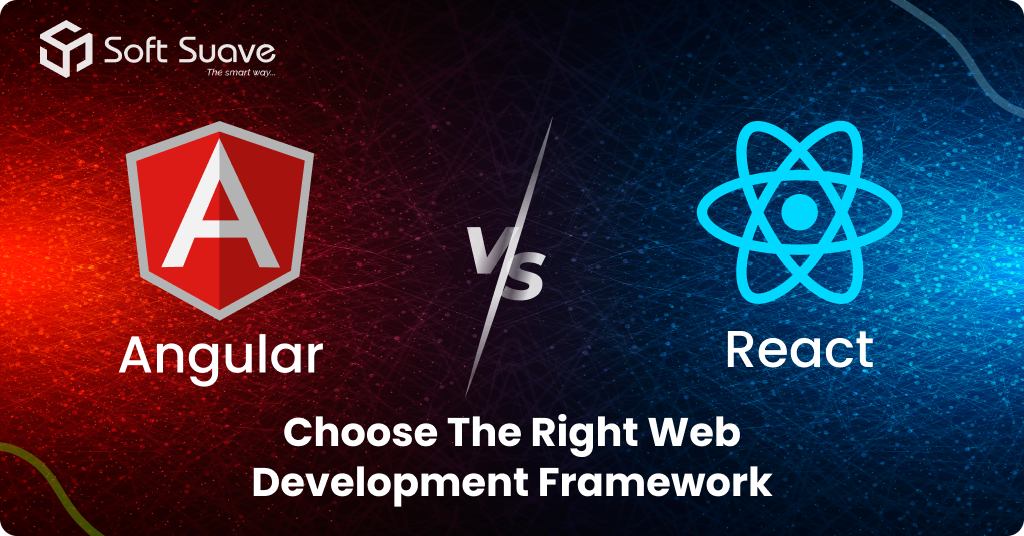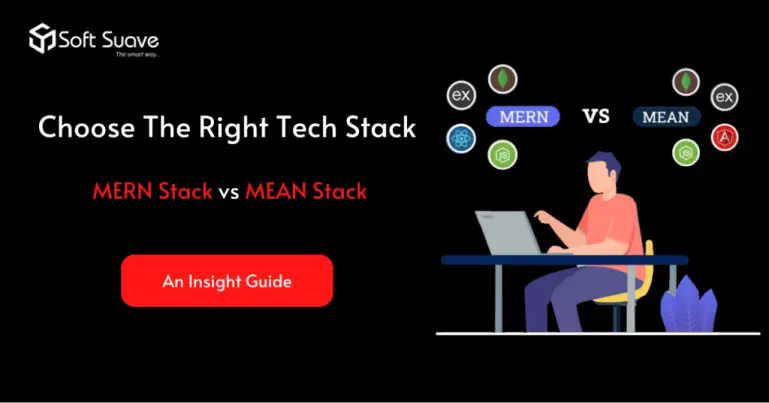Full-stack developers possess an all-around skillset that contains both front-end and back-end development, making them invaluable assets for any team. Hiring the right offshore full-stack developer can be a daunting task. With a plethora of talented individuals available, it’s crucial to make an informed decision that aligns with your project’s needs and goals.
Business Models for Onboarding Full-Stack Developers
There are three primary business models for hiring full-stack developers: local, nearshore, and offshore. Each model offers distinct advantages and disadvantages:
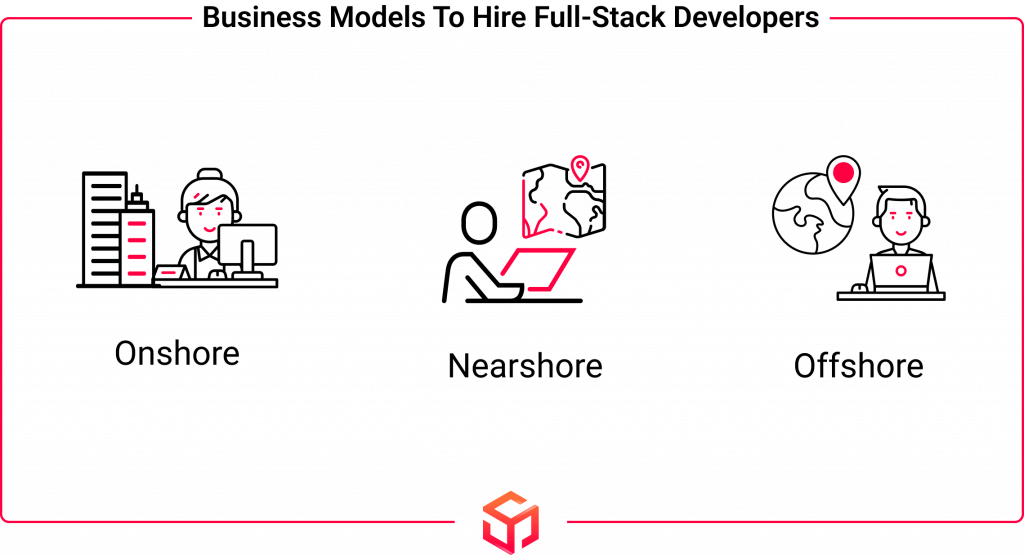
Nearshore Hiring: Nearshore developers are located in countries near your own, often sharing similar time zones and cultural backgrounds. This can ease communication and collaboration while still offering cost savings compared to onshore hiring.
Offshore Hiring: Offshore dedicated developers are located in countries further away, typically offering the lowest labor costs. However, language barriers and time zone differences can pose challenges for effective communication and collaboration.
When to Hire a Full-Stack Developer?
Before delving into the hiring process, it’s essential to understand when hiring a full-stack developer is the most advantageous choice for your business. Here are some key scenarios where a full-stack developer can make a significant impact:
Developing an MVP (Minimum Viable Product): Full-stack developers are well-equipped to create a functional MVP, allowing you to test your product concept and gather user feedback before investing heavily in further development.
Managing a Project as a Whole: When you need someone who can oversee both front-end developers and back-end development, a full-stack developer can take the reins, ensuring seamless integration and efficient project management.
Budget Constraints: If you’re working within a limited budget, hiring a full-stack developer can be a cost-effective solution compared to hiring separate front-end and back-end developers.
Tips for On-boarding Offshore Full-Stack Developer
To make an informed decision when hiring a full-stack developer, consider the following essential tips:
Clearly Define Your Project Needs
Before embarking on the search, clearly outline your project’s scope, requirements, and desired outcomes. This will help you identify developers with the right skills and experience.
Assess Technical Proficiency
Evaluate candidates’ technical skills through coding assessments, technical interviews, and portfolio reviews. Focus on areas relevant to your project’s tech stack, such as front-end frameworks, back-end technologies, and database management expertise.
Evaluate Problem-Solving Skills
Problem-solving is a crucial skill for full-stack developers. Present candidates with real-world scenarios and ask them to explain their approach to solving complex technical challenges.
Review Previous Projects
Analyze candidates’ portfolios to assess their coding style, attention to detail, and ability to deliver successful projects. Look for examples that suit your project’s goals and requirements.
Assess Team Collaboration Aptitude
Full-stack developers often work within diverse teams, so evaluate their interpersonal and communication skills. Inquire about their experiences collaborating with others and their ability to explain technical concepts to non-technical colleagues.
Consider Domain Expertise
If your project is in a specialized industry, such as healthcare or finance, consider hiring a developer with prior experience in that domain. Their knowledge of industry-specific best practices and regulations can accelerate development and ensure tailored solutions.
Evaluate Project Management Skills
Full-stack developers should be able to manage their time effectively, prioritize tasks, and meet deadlines. Assess their project management skills to ensure they can keep your project on track.
Assess Cultural Fit
A strong cultural fit is essential for a harmonious working relationship. Evaluate candidates’ work style, values, and personality to ensure they align with your company’s culture.
Soft Skills Matter
While technical skills are paramount, soft skills play an equally important role in the success of a full-stack developer. Look for candidates who possess
Effective communication skills:
They should be able to clearly articulate technical concepts to both technical and non-technical audiences. Better understanding leads to better solutions, this versatility in full stack developers actually help project go smoothly
Adaptability to change:
The tech landscape is constantly evolving, so look for developers who are comfortable embracing new technologies and adapting to changing requirements.
Continuous learning mindset:
Full-stack developers should be committed to staying up-to-date with the latest trends and advancements in the tech industry.
Also Read: Key Trends In Full Stack Development
Tech-stacks to Consider Before Hiring a Full-Stack Developer
The choice of tech stack is crucial for the success of your project. Different tech stacks offer varying levels of performance, scalability, and developer expertise. Here are some popular tech stacks to consider:
MEAN Stack: MongoDB, Express.js, Angular, Node.js
This tech stack is known for its rapid development capabilities and its suitability for building modern web applications. MongoDB is a NoSQL database that offers flexibility and scalability, while Express.js is a lightweight framework for building back-end applications. Angular framework is a popular front-end for creating dynamic and responsive user interfaces, and Node.js is a JavaScript runtime environment that enables server-side scripting.
MERN Stack: MongoDB, Express.js, React, Node.js
This tech stack is another popular choice for building modern web applications. It shares many similarities with the MEAN stack, but it uses the React framework instead of Angular for front-end development. React is a JavaScript library for building user interfaces, and it is known for its performance and flexibility.
LAMP Stack: Linux, Apache, MySQL, PHP
This tech stack is a mature and well-established choice for web app development. Linux is a popular operating system known for its stability and security, Apache is a widely used web server, MySQL is a relational database, and PHP is a scripting language commonly used for back-end development.
Ruby on Rails: Ruby on Rails and PostgreSQL
This tech stack is known for its rapid development capabilities and its focus on developer productivity. Ruby is a programming language known for its readability and ease of use, Ruby on Rails is a web framework that provides a lot of functionality out of the box, and PostgreSQL is a relational database known for its performance and reliability.
Python-Django Stack: Python, Django, PostgreSQL
This tech stack is another popular choice for building web applications with a focus on developer productivity. Python programming language known for its readability and ease of use, hiring remote Python developers for full stack and combining it with Django framework that provides a lot of functionality out of the box. PostgreSQL is a relational database known for its performance and reliability.
The choice of tech stack should depend on your project’s specific requirements, such as scalability, performance, and the developer’s expertise. It’s essential to assess the developer’s proficiency with the chosen stack and ensure it aligns with your project’s goals.
Also Read: MEAN Stack Vs Full Stack Developer
Why Hire A Full-Stack Developer?
Hiring a full-stack developer offers several advantages for businesses:
- Versatility: Full-stack developers can handle both front-end and back-end development, making them versatile team members who can work on a wide range of tasks and projects.
- Cost-Efficiency: Instead of hiring separate front-end and back-end developers, you can have one person handle both aspects, potentially reducing labor costs.
- Streamlined Communication: Full-stack developers can facilitate better communication between front-end and back-end teams, as they have an understanding of both domains.
- Faster Development: Full-stack developers can often complete entire features or projects on their own, leading to faster development cycles.
- Problem Solving: They can troubleshoot and solve issues across the entire stack, which can be beneficial for diagnosing and fixing complex problems.
Additional Tips
- Clearly communicate your project goals and expectations to the developer.
- Be transparent about your budget and timeline.
- Make sure the developer has the necessary skills and experience to meet your requirements.
- Provide clear feedback and expectations throughout the hiring process.
Wrapping up
Hiring the right full-stack developer can be a daunting task, especially with a plethora of talented individuals available. Full-stack developers from Soft Suave possess an all-around skill set that contains both front-end and back-end developers, making them invaluable assets for any team. Ensure thorough assessment of their proficiency in programming languages, frameworks, and tools, as well as their problem-solving abilities, adaptability, and capacity to collaborate within a team. Making an informed decision that aligns with your project’s requirements and goals is essential.
Onboard offshore full-stack developers
Boost your team with well-trained developers, offering seamless remote collaboration and leveraging the latest tech advancements.
The adept Project Manager at Soft Suave Technologies. With a strategic mindset and commitment to excellence, Madhu ensures successful project delivery. His leadership blends innovation with established methodologies, fostering a culture of continuous improvement. Connect with Madhu to explore how Soft Suave’s projects thrive under his expert guidance.
